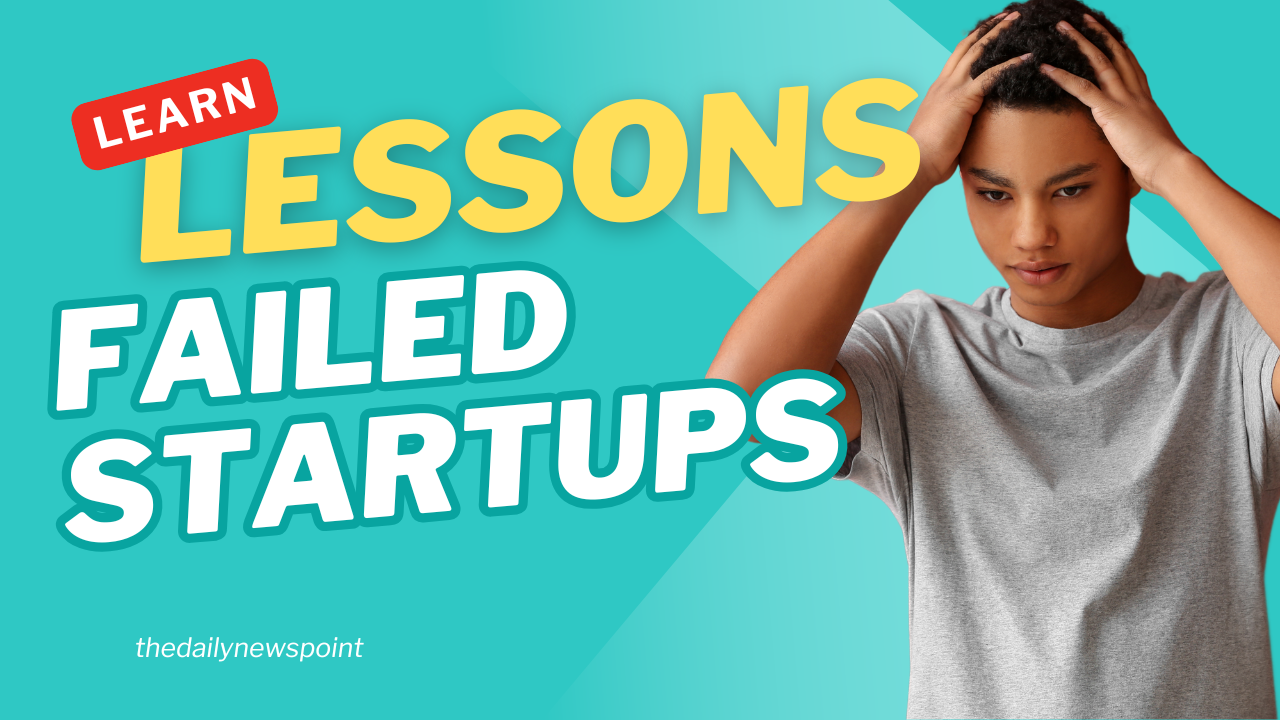Bootstrapping vs VC Funding: Which Path is Right for Your Startup in 2025?

The startup landscape in 2025 is thriving. With new ventures constantly emerging across tech, sustainability, health, and more, entrepreneurs face a critical question early in their journey: how should you fund your startup? Two popular options stand out, each with its unique benefits and trade-offs—Bootstrapping and Venture Capital (VC) Funding. Understanding the nuances of each path is crucial to making the right decision for your business.
Whether you’re aiming to build a lean, self-sufficient venture or scale rapidly to dominate a market, this guide will help you determine the best funding route for your startup.
What is Bootstrapping?
Bootstrapping refers to starting and growing your business using personal savings, early revenue, or contributions from friends and family. Unlike external funding, bootstrapping puts you in complete control of your company’s growth and decision-making.
Pros of Bootstrapping:
- Full Control
You retain 100% decision-making authority without external interference. - Equity Retention
No need to give up ownership of your company. All equity stays with the founders. - Lean Growth
Bootstrapping encourages sustainable scaling by focusing on disciplined spending and self-reliance.
Cons of Bootstrapping:
- Limited Capital
Your financial resources are limited, which may slow down growth. - Personal Risk
You’re investing your own money, increasing the personal stakes. - Scaling Challenges
Expanding into new markets, hiring top talent, or launching large campaigns can be difficult without significant funding.
Bootstrapping is often favored by founders who want complete autonomy and are building businesses that don’t require substantial upfront investment.
What is VC Funding?
Venture Capital (VC) funding involves raising money from investors who provide capital in exchange for a share of your company’s equity. This option is particularly popular among startups with high-growth potential.
Pros of VC Funding:
- Rapid Growth Potential
With access to substantial funds, scaling your product, team, and market reach becomes faster. - Mentorship and Networks
VCs often offer valuable guidance, industry expertise, and connections to help you grow. - Market Credibility
Receiving investment from a reputable VC often signals trustworthiness and enhances your brand credibility.
Cons of VC Funding:
- Loss of Control
Investors may influence crucial business decisions, diluting the founder’s autonomy. - Equity Dilution
You’ll share ownership of your company, often giving away significant portions depending on the funding stage. - Pressure to Scale Aggressively
VC-backed startups are expected to meet aggressive growth goals, which can add considerable pressure to your business operations.
VC funding is ideal for businesses in capital-intensive industries or those pursuing rapid, global expansion.
Bootstrapping vs VC Funding: A Quick Comparison
| Feature | Bootstrapping | VC Funding |
|---|---|---|
| Ownership | 100% founder-owned | Shared with investors |
| Decision-making | Full control | Investors may influence decisions |
| Speed of Growth | Slower but sustainable | Fast, often aggressive scaling |
| Risk Level | Higher personal financial risk | Risk is shared with investors |
| Suitability | Small to medium startups | High-growth, scalable startups |
Bootstrapping offers independence and control, while VC funding emphasizes rapid growth and external expertise. Your choice should depend on your startup’s vision, financial needs, and growth strategy.
Funding Trends for Startups in 2025
The funding landscape in 2025 is evolving, and many startups are opting for hybrid approaches. Here are some of the notable trends:
- Bootstrapping First, Funding Later
Many startups bootstrap during the initial stages to achieve product-market fit. Once validated, they raise VC funding to scale rapidly. - Smaller Angel Rounds
Instead of seeking large VC investments, some startups secure smaller funding rounds from angel investors, allowing them to stay nimble and independent. - Alternative Funding Models
Revenue-based financing, crowdfunding, and government grants are becoming popular for startups looking to avoid significant equity dilution. - Global Investment Opportunities
With integrated markets and improved tech infrastructure, startups in countries like India are increasingly raising global VC funds, especially in booming sectors like fintech, deep tech, and sustainability.
The startup ecosystem is diversifying, providing founders with more flexible financing options than ever before.
How to Choose Between Bootstrapping and VC Funding
When choosing between bootstrapping and VC funding, it’s important to align your decision with your business goals, industry, and growth expectations. Ask yourself these key questions:
- Do I want full control, or am I open to sharing it?
If ownership and autonomy are crucial, bootstrapping is the clear winner. - Can I achieve sustainable growth without external funding?
Bootstrapping works well for businesses that generate early revenue or require minimal upfront capital. - Is my business model capital-intensive or lean?
VC funding is better suited for startups in industries like SaaS, biotech, or logistics, where scaling requires significant upfront investment.
General Guidance:
- If you’re building a lifestyle business or a niche product, bootstrapping could provide the flexibility and independence you need.
- For startups targeting hyper-growth in competitive or scalable industries, VC funding can act as a powerful catalyst.
Ultimately, it’s not always an either/or decision. Many founders bootstrap in the beginning, proving their business model, and later seek external funding to expand further.
Final Thoughts
Both bootstrapping and VC funding offer valid paths for startups, but the right choice depends entirely on your business goals, risk tolerance, and market ambition. By evaluating the pros and cons of each funding model and staying updated on emerging trends, you can make an informed decision that positions your startup for success in 2025 and beyond.
Choose wisely, and remember that your funding strategy is not just about money. It’s about aligning with your vision and building the business you’ve dreamed of.
Looking for more insights like this? Explore our latest blogs on Startup Stories, Marketing Trends, and Leadership and Management Tips to stay ahead in the game. Whether you’re a budding entrepreneur or a seasoned pro, The Daily News Point is your go-to platform for fresh ideas, expert tips, and real-world success stories.








